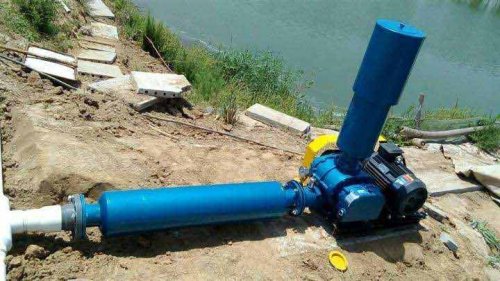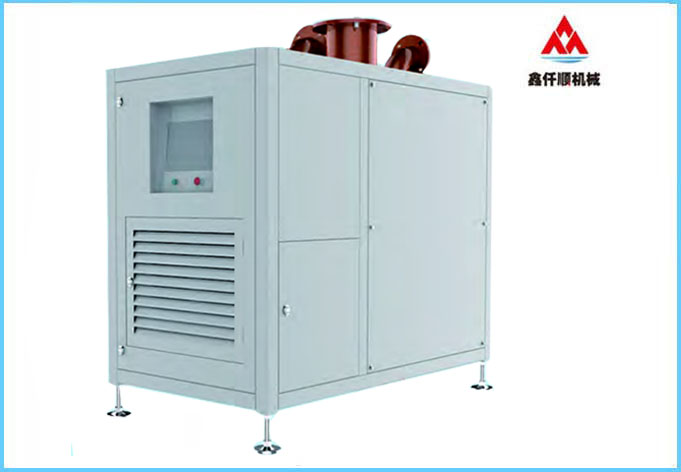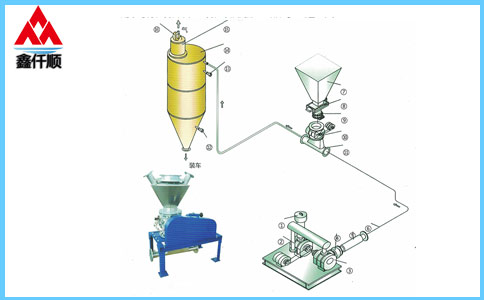How to select the calculation formula of Roots blower for aquaculture?
Source: Roots blower manufacturer
Published on: March 28, 2022
Hits:
Roots blower selected for aquaculture. It can be estimated by the model selection formula of aquaculture oxygenation, and the inlet volume flow Qs=the volume of pool water X1.5% or more (m3/h)


Related information
-
Performance characteristics and maintenance of Roots blower for aquaculture -
The 3kw Roots blower for aquaculture has excellent oxygenation effect -
Introduction to Roots blower for aquaculture -
What are the requirements of Roots blower for hairy crab aquaculture? -
Roots blower How to choose Roots aerator for aquaculture? -
Application of Roots blower for aquaculture oxygen supply and aeration in fish pond culture: -
How to select Roots blower for aquaculture industry? -
The application of Roots blower for increasing oxygen in Jiangsu aquaculture is affirmed -
How to repair the surface defects of Roots blower impeller? -
How to remove the bearing of Roots blower?
Xinqianshun's latest products
Random articles
-
Structure Principle of Roots Blower Outlet Silencer -
What are the treatment methods for vibration, heating and abnormal noise of Roots blower? -
Steps and precautions of Roots blower commissioning in 2022 -
Maintenance of Roots blower air filter and treatment of common faults of Roots blower -
Precautions for use and maintenance of Roots blower for sewage treatment: -
Precautions for Roots blower assembly -
Understand the function of Roots blower silencer _ Roots blower -
How to select aeration fan for sewage treatment? -
Will Roots blower self lock under negative pressure? -
How to calculate wind pressure with wind speed for Roots blower of pneumatic conveying in food factory?
Latest news articles
-
How to repair the surface defects of Roots blower impeller? -
How to remove the bearing of Roots blower? -
What principles should be followed in the maintenance of three leaf roots blower? -
How to handle the wrong lubricating oil for Roots blower? -
Performance characteristics and maintenance of Roots blower for aquaculture -
How to select appropriate Roots blower aerator for aeration in aquaculture? -
What principles should be followed in the maintenance of three leaf roots blower? -
Notes on installation of safety valve of three blade roots blower -
What are the reasons for the tripping of Roots blower frequency converter? -
Introduction to the Main Causes of Abrasion of Three blade Roots Blower Impeller








